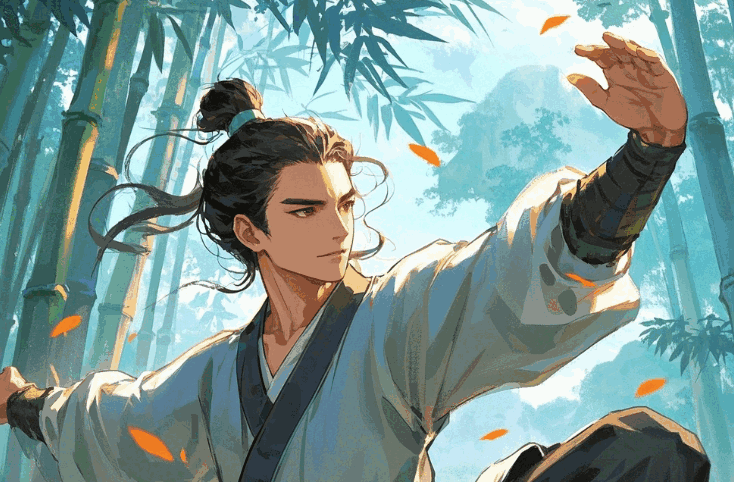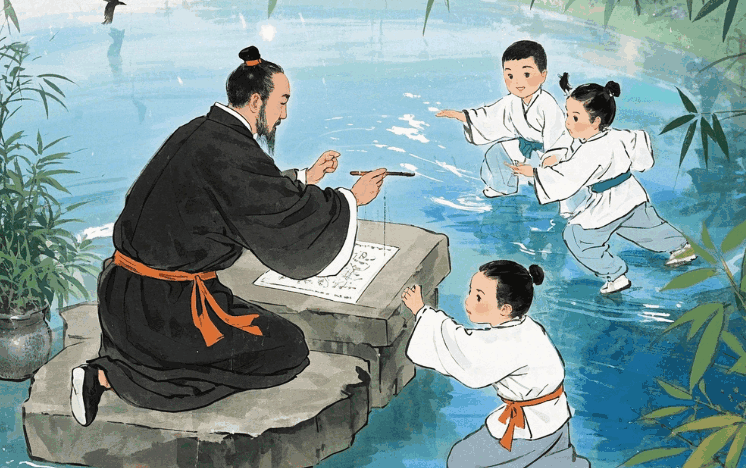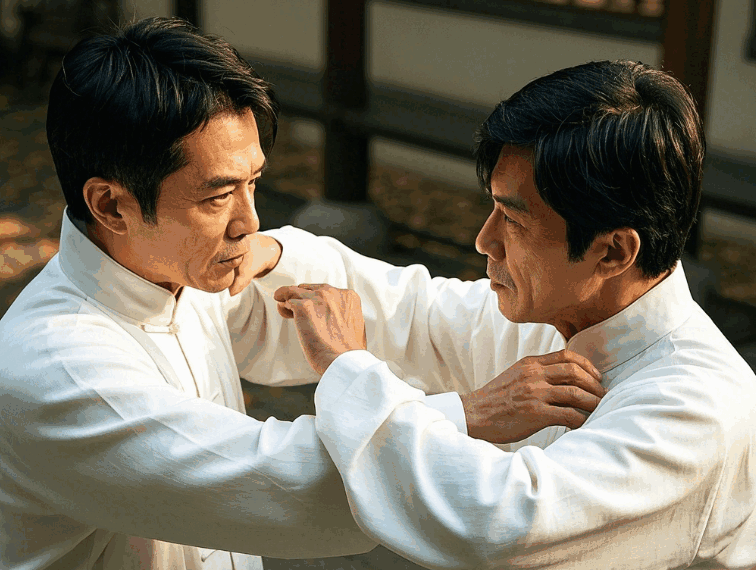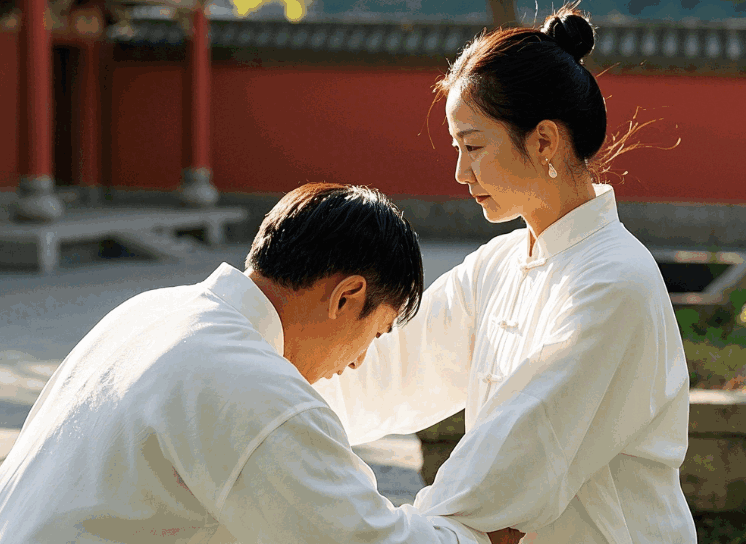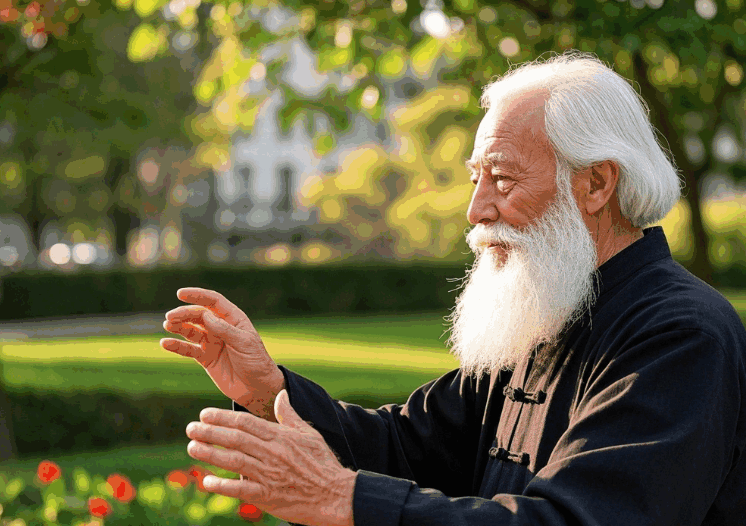The Evolution of Various Newly Created Taijiquan Styles
The newly created Taijiquan styles have their own characteristics and styles. Although there are differences in the size and complexity of the frames, the principles of the exercise are all in favour of moving from relaxation to softness, moving softness into hardness, and demanding to achieve softness and hardness in harmony.
These newly created Taijiquan styles have been learnt and practiced diligently by the predecessors, and they have been modified and finalised after a lot of hard work to push out the old and new styles. Therefore, as long as they follow the principles of differentiation and gradual progression, they can be adapted to different requirements such as treating diseases and health care, enhancing physical fitness and practising skills. In terms of teaching materials and methods, popularisation and improvement are also considered together. A very prominent feature of Taijiquan is its wide adaptability.
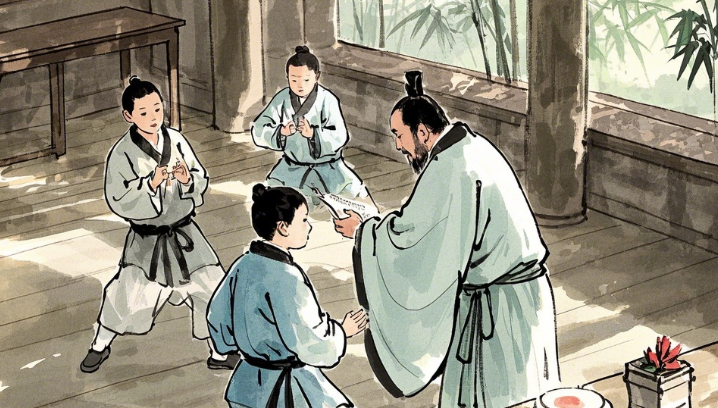
Chen style taijiquan, Zhao Bao style, Yang style, Wu style, Wu style and Sun style are all adapted from Chen’s Old style Taijiquan No.1 Road, so although there are differences in the frames, the structure of the routines is still in accordance with the Old Frame of No.1 Road, and the traces of evolution of the routes are very obvious.
The main difference between the newly created styles and the old styles is that the first way of the old styles may have movements such as jumping, hair strength and foot vibration, which is difficult for the old and weak to adapt to, while the newly created styles have gradually discarded these difficult movements so that they can be suitable for both the young and strong to practise, but also suitable for those who practice for the treatment of illness and health care, the first way of the Chen’s old style was modified in the later years of Chen Fake in order to popularise the style.
